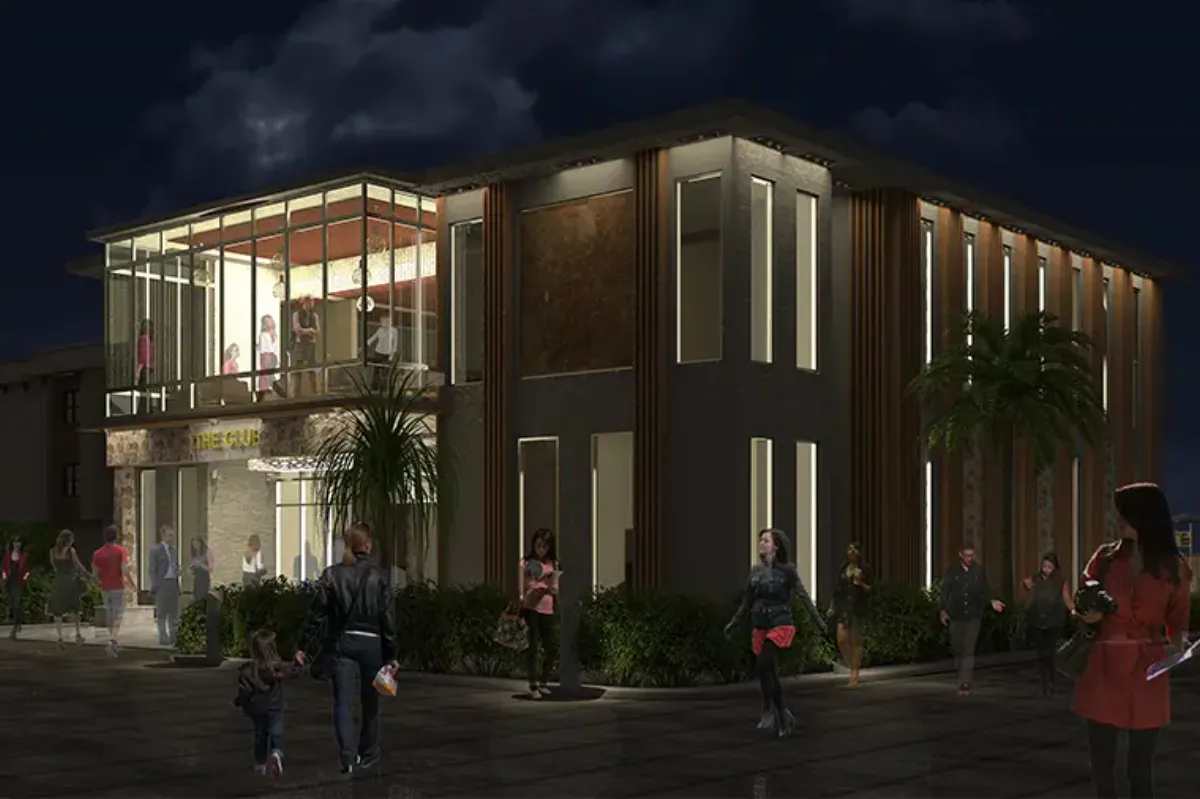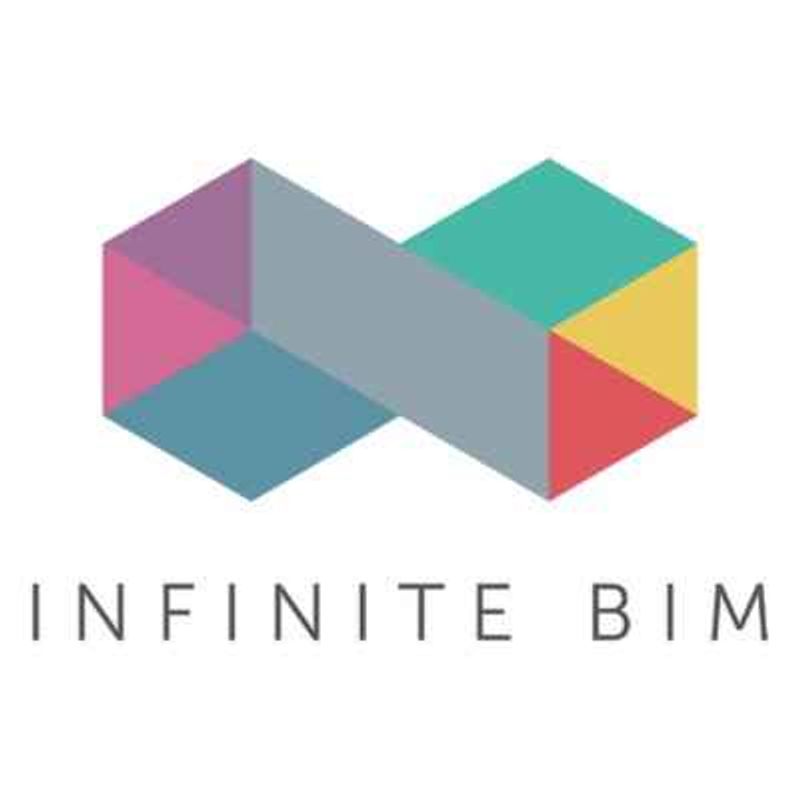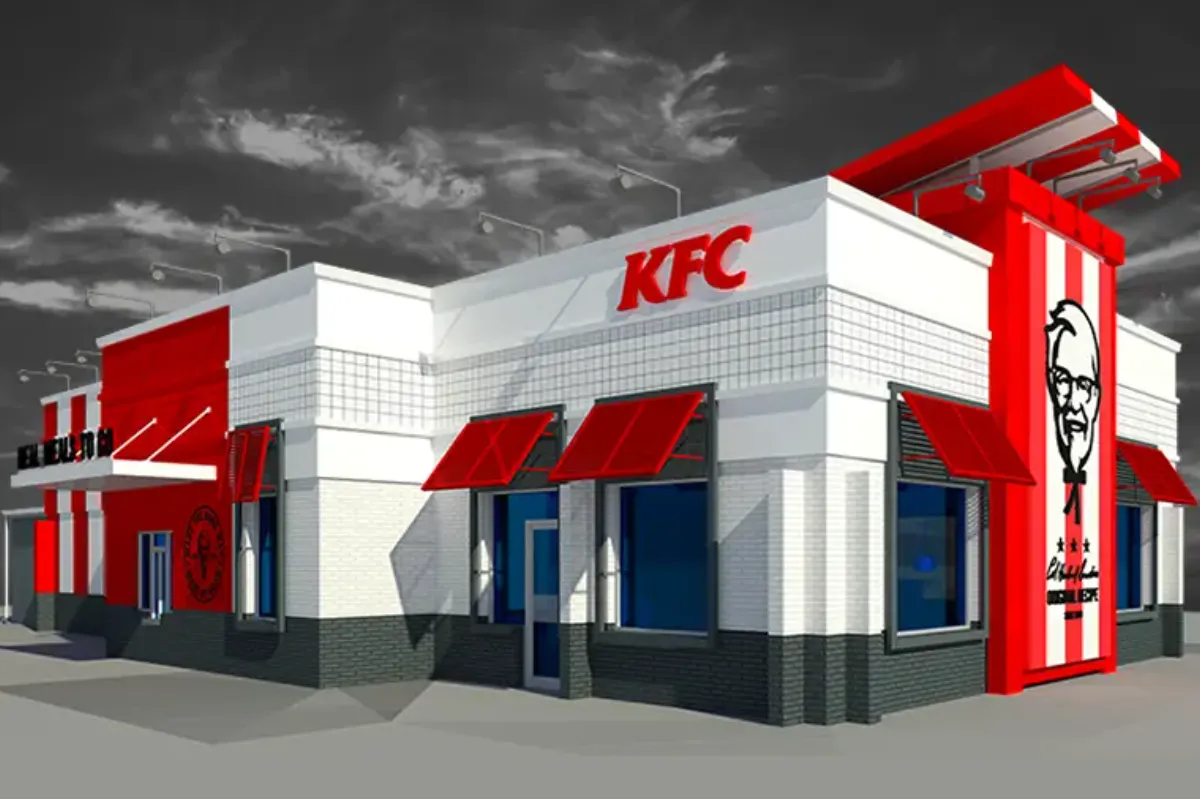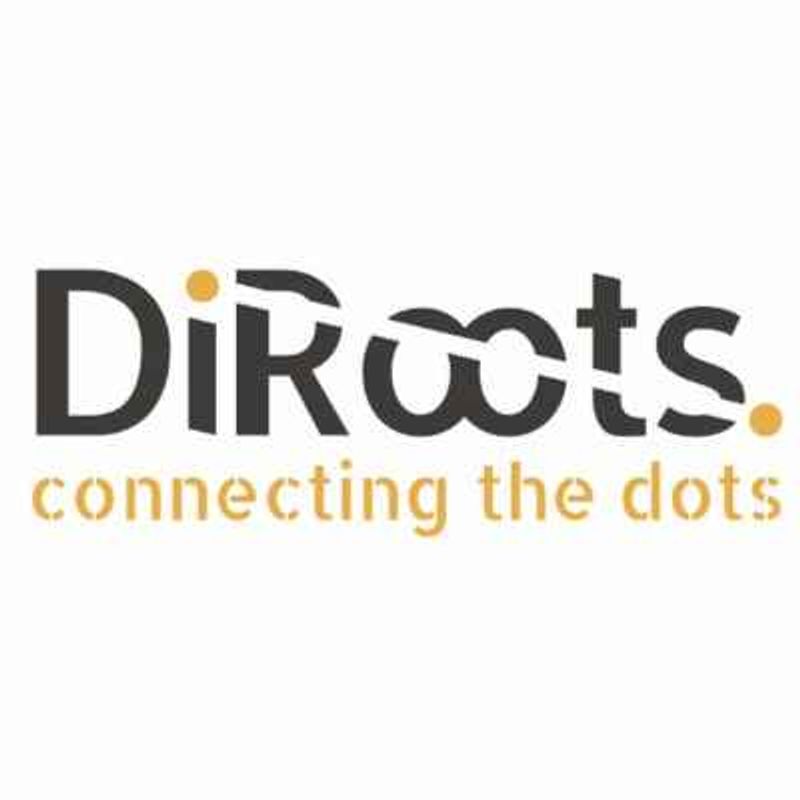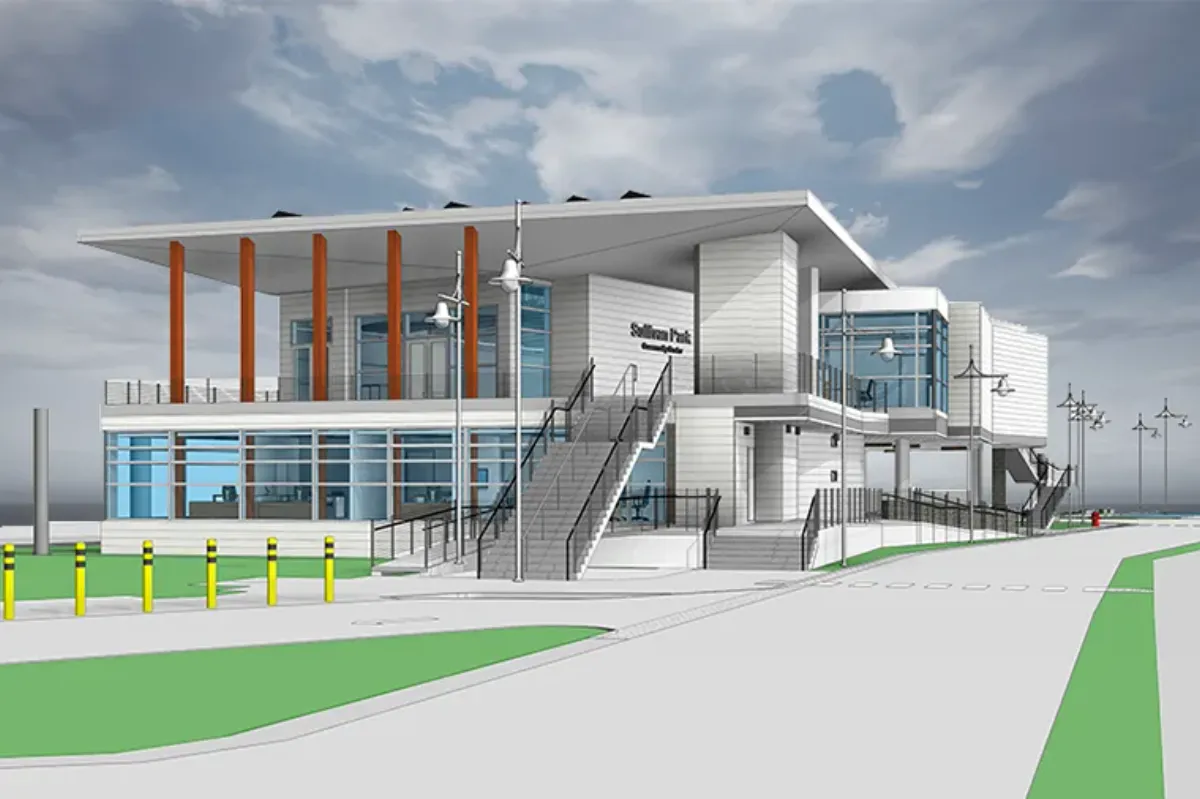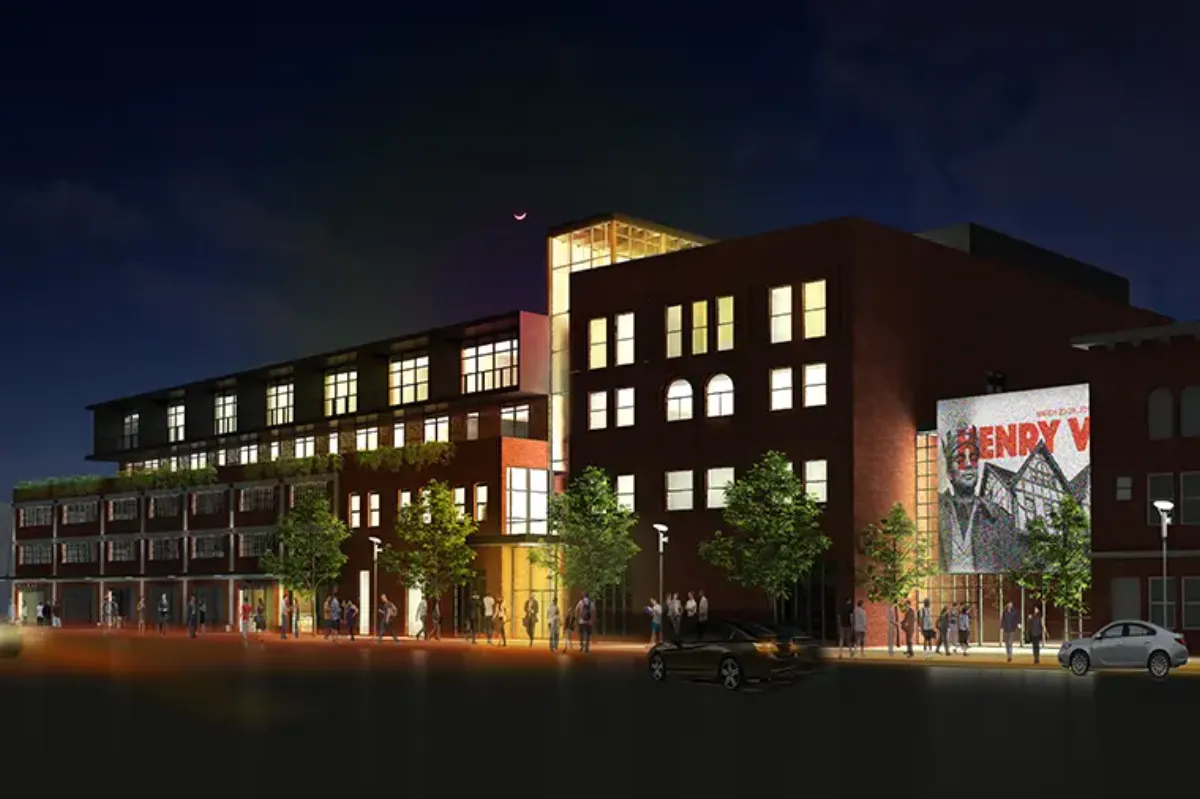Porsche Dealership, Florida
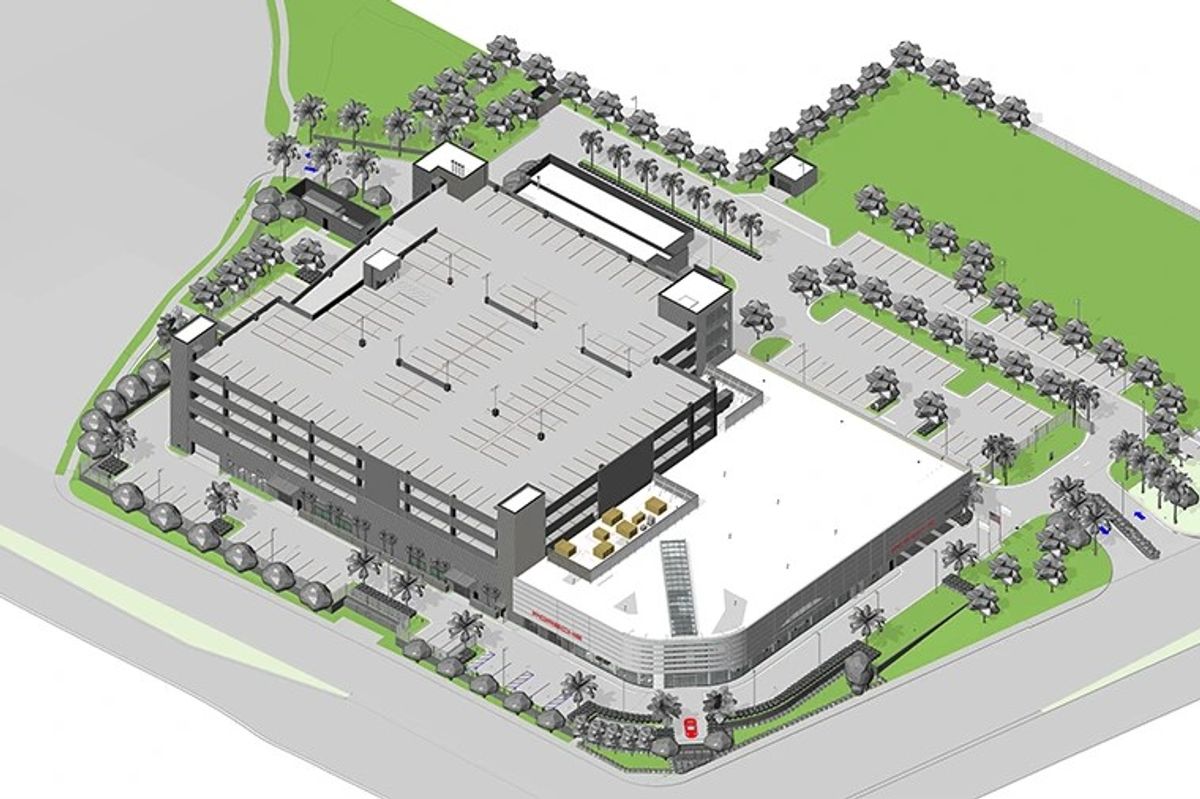
Case Study Description: In brief, the project involves the construction of a new Porsche dealership in North Miami, FL. The facility includes a two-level showroom connected to a six-level garage building, with dedicated service drive regions. According to the project documentation, the approximate area of the Showroom Building is 38,612 SF, the 6-floor Garage Building is 281,093 SF, and the Service Drive is 79,130 SF. Services Offered AEODC was engaged to enhance the project’s Revit models and provide clash detection and coordination services to meet the specified scope and timeline. The scope of work included in the project: Revit Architecture and Structure Model Enhancement to LOD 400: Enhanced Model received at LOD300 to LOD400 using Autodesk Revit, in alignment with project specifications. Revit MEP Model Enhancement to LOD 400: Enhanced MEP models to LOD 400, ensuring seamless integration with architectural and structural elements. Navisworks Clash Detection & Coordination: Utilizing Navisworks to identify and resolve clashes across disciplines. This included conducting coordination meetings to resolve potential issues before construction. Project Challenges The project presented several complex challenges, including: Large Scale and Complex Design: The integration of multiple building systems, such as the showroom, garage, and service drive, required precise modeling and coordination to ensure design accuracy. Clash Detection and Coordination: The need for detailed clash detection and effective coordination across multiple disciplines to prevent costly issues during construction. Strategies Implemented To address the project’s complexities, AEODC implemented the following strategies: Model Enhancement: Leveraged LOD 400 standards for architectural, structural, and MEP models to ensure high accuracy and efficient coordination. Clash Detection & Resolution: Ran thorough clash detection in Navisworks and held regular coordination meetings with stakeholders to address potential issues proactively. Collaborative Coordination: Ensured seamless communication between the design team and client, focusing on timely resolution of RFIs and coordination issues. By enhancing the Revit models and implementing a comprehensive clash detection and coordination process, AEODC contributed to the efficient design and execution of the Porsche dealership project, ensuring smooth construction and minimal delays.
Key Facts
View key facts for "Porsche Dealership, Florida".
Tools Used in the Case Study
Discover which tools and technologies were used for "Porsche Dealership, Florida".
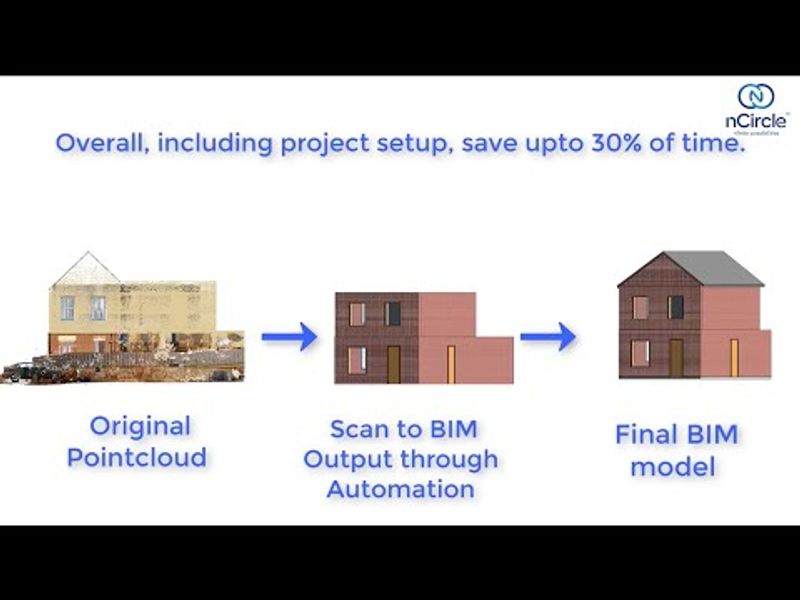
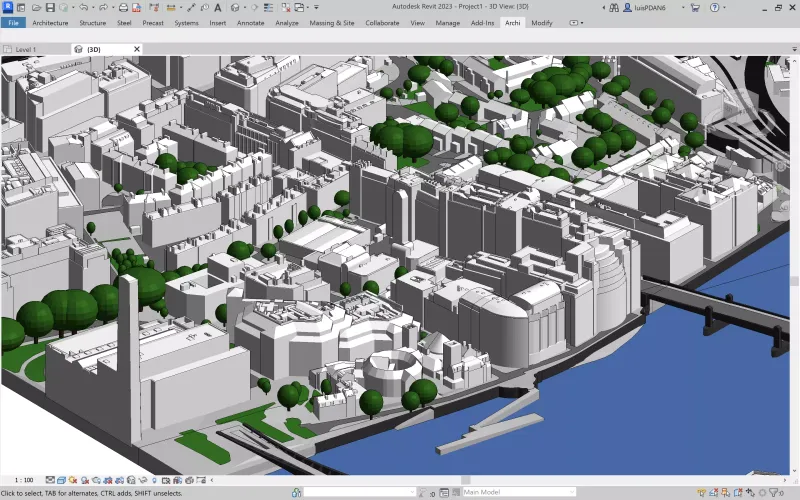
Import 3D
Import 3D is a Revit extension that translates external 3D models (glTF, OBJ, DAE) into native Revit geometry and materials with a single click. It auto-detects and sorts materials—preserving color and transparency—and uses highly optimized code to import thousands of faces in seconds.

User Experience
View user experience for "Porsche Dealership, Florida".
Main Reason Behind the Choice of the Tool / Solution Revit and Navisworks were selected for this project due to their advanced capabilities in detailed modeling, coordination, and project integration. Revit was utilized to enhance the Architectural, Structural, and MEP models to Level of Development (LOD) 400, which is essential for delivering models ready for fabrication and construction. At LOD 400, elements are modeled with precise geometry, accurate dimensions, and complete data, which supports the generation of shop drawings and construction documentation. Revit’s parametric modeling features allow for consistency, accuracy, and the ability to easily update elements across all views and schedules, ensuring an efficient design process. Revit MEP was specifically chosen for mechanical, electrical, and plumbing systems due to its ability to handle complex system layouts and detailed component modeling. It supports system analysis, spatial coordination, and helps in reducing design conflicts with other trades. This makes it an ideal tool for developing fully coordinated and clash-free MEP designs that align with construction requirements. Navisworks was selected for clash detection and coordination as it enables the integration of models from various disciplines into a single environment. Its powerful clash detection feature allows early identification and resolution of spatial conflicts, which helps in reducing costly on-site changes. Navisworks also facilitates coordination meetings and visual walkthroughs, enhancing communication between project stakeholders. By using Navisworks alongside Revit, the project team ensured that all disciplines were aligned, reducing errors, improving collaboration, and supporting a smoother construction workflow from design through execution.
-
-
Business Impact of Using this tools/technology on the Porsche Dealership Project The implementation of Revit and Navisworks in the project delivered significant business benefits, particularly in terms of time and cost savings, efficiency, and return on investment (ROI). By developing Architectural, Structural, and MEP models to LOD 400 in Revit, the project team achieved fabrication-level detail, which minimized design ambiguity and eliminated the need for extensive manual drafting. This resulted in reduced errors during construction, fewer RFIs, and a substantial decrease in rework, leading to overall cost savings. Revit’s parametric design capabilities allowed for faster updates and seamless coordination between disciplines. Any changes made in one area of the model automatically reflected across all views and schedules, significantly reducing the time spent on design revisions and coordination efforts. This improved efficiency across the design team and shortened the project delivery timeline. Navisworks played a critical role in clash detection and model coordination. By aggregating models from all disciplines, it allowed for early identification of spatial conflicts, which were resolved before construction began. This prevented costly on-site issues, reduced material wastage, and streamlined the installation process. The tool also facilitated effective communication among stakeholders through visual model reviews and coordination meetings. Overall, these technologies contributed to a 30–40% reduction in coordination time and helped avoid multiple on-site issues, translating into measurable cost savings. The ROI was evident through improved project delivery speed, higher design accuracy, and increased client satisfaction. Additionally, the successful use of BIM tools positioned the firm as a leader in digital construction, opening doors to future projects and growth opportunities.
-
-
Similar Case Studies
View similar case studies to "Porsche Dealership, Florida".

